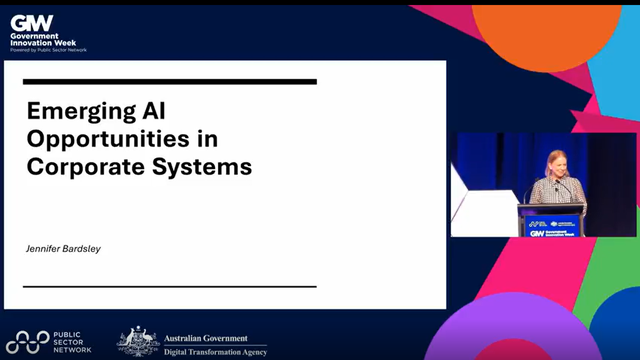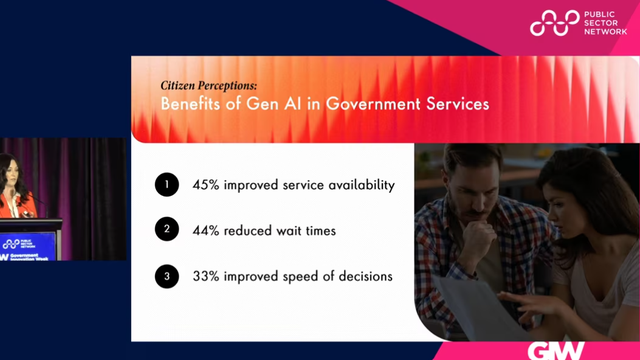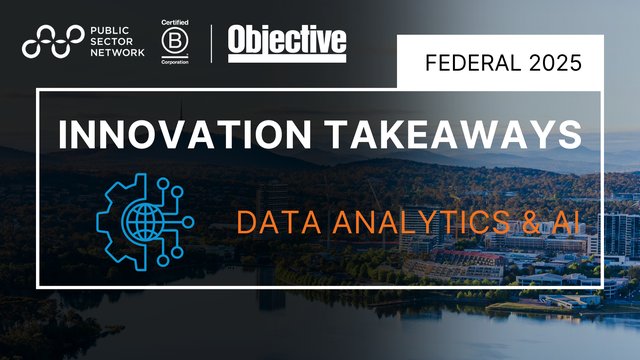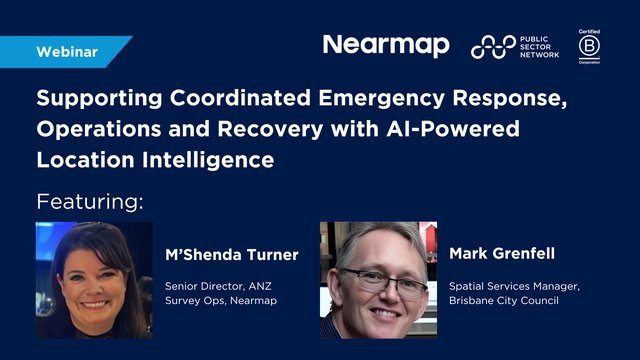
They say content is king – but data is queen. Now more than ever, data has become the lifeblood of decision-making and effective governance.
However, the existence of data silos within government departments causes inefficiencies, usage of outdated information, and missed opportunities.
Understanding Data Silos
Data silos in government happen when data is stored by individual business unity and not shared across the entire department. This isolation prevents smooth data flow and collaboration.
Where this occurs in government agencies it can cause more harm than good.
Why data silos should be removed
Data silos can create challenges for government operations in various ways:
- Outdated and inconsistent data. Due to data silos, information may not be updated since they’re not designed to be cross-referenced to each other. Data silos are also responsible for duplicated data and efforts, wasting time, manpower, and money in the long run.
- Missed opportunities for innovation. The lack of cross-departmental analysis and collaboration removes the opportunity to get valuable insights that could drive evidence-based policy decisions.
- Increased costs. Maintaining data silos can lead to higher operational costs. The duplication of efforts and resources across different departments can also be financially burdensome.
- Delayed response times. Since information needs to be accessed from various agencies, it leads to delayed data-driven responses in critical situations.
5 Tips to Break Down Data Silos
Addressing data silos requires a strategic approach. Here are five tips for breaking down data silos in the government sector:
1. Start With the Leadership Team
Securing top-level leadership buy-in and support is crucial. When leaders understand the importance of having data integration, they can better champion the effort to break down data silos throughout the organisation.
The leadership should also set an example when it comes to breaking down silos. They can start changing their workflows and share resources, so employees can notice and take the initiative as well.
2. Do a Thorough Assessment
Take a deep dive and evaluate the compliance, quality, and efficiency issues that the agency is facing. Use this opportunity to find ways to connect disparate systems and databases.
3. Establish a Unified Data Vision and Strategy
Develop policies that promote responsible data management and provide a data-sharing framework. These updated policies should define data ownership, access controls, sharing protocols, and standards.
5. Promote Data Literacy
Make an effort to conduct training programs regarding the importance of data literacy. When staff understand the value of data and how to use it effectively, they will be more willing to participate in data-sharing initiatives.
5. Track Your Progress
Any action plan that is not measured will go nowhere. Track the progress of your data-sharing initiatives and measure the impact of breaking down data silos.
It is best to communicate the positive outcomes and benefits to all stakeholders to reinforce the importance of unified data.
Integrating Data Sources and Silos
By integrating data sources and siloes to create a unified data platform the government sector is presented with a multitude of opportunities that can significantly enhance governance, decision-making, and service delivery.
Here are the key benefits of unified data for the government sector:
Data-Driven Decision-Making
Having a fully integrated and unified data platform empowers government officials to make well-informed decisions based on comprehensive and real-time insights. Data-driven decision-making leads to more effective policies and initiatives.
Innovation
In addition, unified data creates a fertile ground for innovation. Since agencies will be using centralised and frequently or real time updated information, business analysis and research are more efficient – leading to innovative solutions and new approaches to public service delivery.
Transparency and Accountability
Breaking down silos promotes transparency in government operations. A centralised or unified data platform allows for better monitoring and tracking of performance, enhancing accountability and public trust.
Enhanced Efficiency in Operations
With unified data, government departments can streamline their processes and operations. Eliminating data redundancies and inefficiencies leads to cost savings and better resource optimisation.
With the right approach, data silos can be broken down, information can be made more readily available in a secure and regulated approach and analysis can be performed at speed. Government professionals in data, information management, and ICT have the power to spearhead this transformation – leading to better governance and a stronger connection with the citizens they serve.
 IBT (Integrated Business Technologies) is an Australian IT professional services firm founded in 1997 specialising in Data Management (Qlik), On-Premise (Oracle PeopleSoft) and Cloud ERP (Oracle NetSuite) and Operational Intelligence.
IBT (Integrated Business Technologies) is an Australian IT professional services firm founded in 1997 specialising in Data Management (Qlik), On-Premise (Oracle PeopleSoft) and Cloud ERP (Oracle NetSuite) and Operational Intelligence.


































